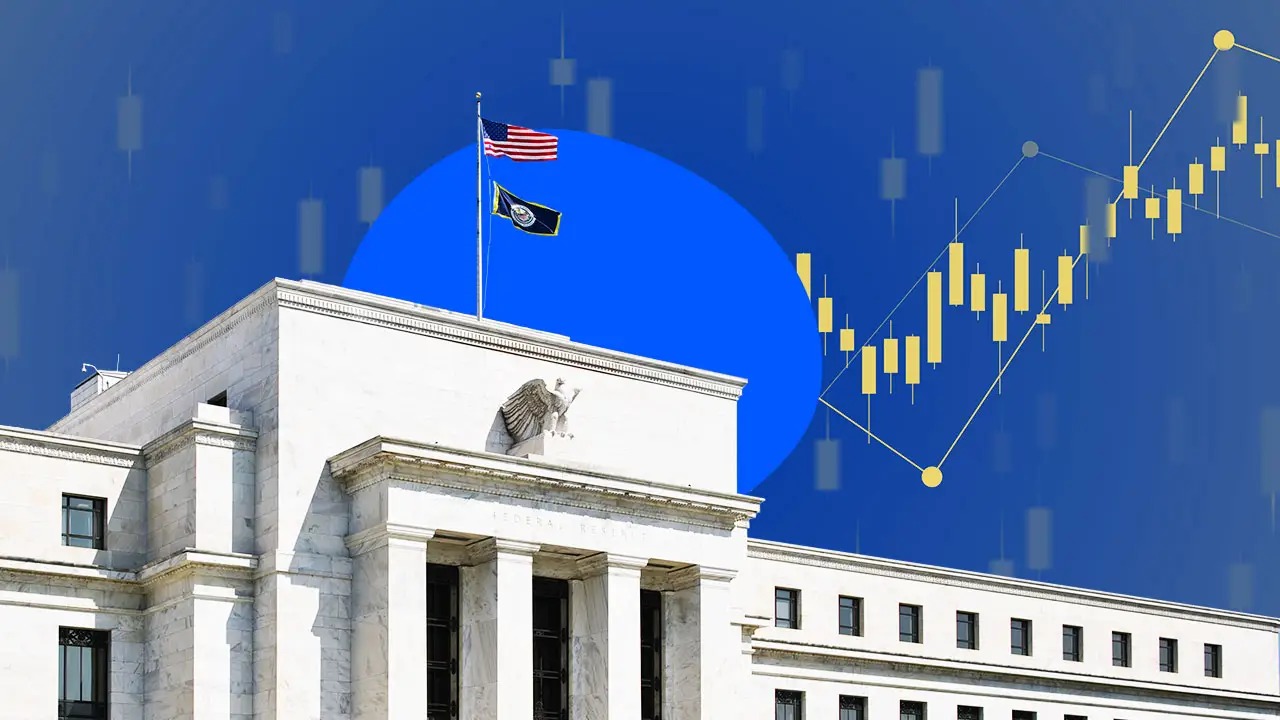Home>Finance>Overnight Rate (Federal Funds Rate): Definition And How It Works


Finance
Overnight Rate (Federal Funds Rate): Definition And How It Works
Published: January 5, 2024
Learn about the finance concept of the overnight rate (federal funds rate), including its definition and how it works.
(Many of the links in this article redirect to a specific reviewed product. Your purchase of these products through affiliate links helps to generate commission for LiveWell, at no extra cost. Learn more)
The Overnight Rate: An Essential Component of Financial Markets
When it comes to understanding the complex world of finance, there are several key components that investors and economists keep a close eye on. One such component is the Overnight Rate, also known as the Federal Funds Rate. In this article, we will delve into the definition and mechanics of the Overnight Rate, shedding light on its significance and how it operates within the financial system.
Key Takeaways:
- The Overnight Rate is the interest rate at which depository institutions lend and borrow funds among themselves overnight.
- It is set by the central bank, usually in response to the prevailing economic conditions and inflationary pressures.
Now, you might be wondering, what exactly is the Overnight Rate and why does it matter? Well, dear reader, allow me to enlighten you.
The Overnight Rate refers to the interest rate at which commercial banks and other financial institutions lend and borrow funds overnight from one another. These transactions typically occur in the unsecured lending market, where institutions with excess funds lend to those in need of temporary liquidity. The lending and borrowing of funds at the Overnight Rate enables banks to meet their reserve requirements and manage their daily cash flow positions.
But who decides this rate? That role is entrusted to the central bank of a country. In the United States, for example, the Federal Reserve (Fed) sets the Overnight Rate, also known as the Federal Funds Rate. The Fed examines various economic indicators, such as inflation, employment levels, GDP growth, and consumer spending, in order to determine the appropriate level of the Overnight Rate.
So, how does the Overnight Rate work in practice? Well, imagine a scenario where there is a high demand for loans in the banking system. In order to secure the necessary funds, banks may need to borrow from one another overnight. If there is a high demand for these loans, the price of borrowing, reflected in the Overnight Rate, tends to increase, encouraging banks to lend out their excess funds and reducing the overall liquidity in the market. On the other hand, if there is a surplus of funds in the system, the Overnight Rate is likely to decrease.
It’s important to note that changes in the Overnight Rate can have a significant impact on various sectors of the economy. For example:
- Consumer Loans: When the Overnight Rate rises, it becomes more expensive for banks to borrow funds. As a result, interest rates on consumer loans, such as mortgages and personal loans, may also increase.
- Investments: Higher Overnight Rates often lead to higher returns on fixed-income investments, such as bonds and certificates of deposit (CDs). Conversely, a decrease in the Overnight Rate may result in lower returns on these investments.
- Inflation: The Overnight Rate is a tool used by central banks to control inflation. By raising rates, banks reduce the supply of money in circulation, which can help curb inflationary pressures. Conversely, lowering rates can stimulate borrowing and spending, potentially increasing inflation.
In conclusion, the Overnight Rate plays a crucial role in the functioning of financial markets. As a key tool used by central banks to manage liquidity and influence borrowing costs, it affects various sectors of the economy and can have a profound impact on the financial well-being of individuals and businesses alike. By understanding the mechanics and significance of the Overnight Rate, investors and policymakers can make informed decisions and navigate the intricate world of finance with greater confidence.














